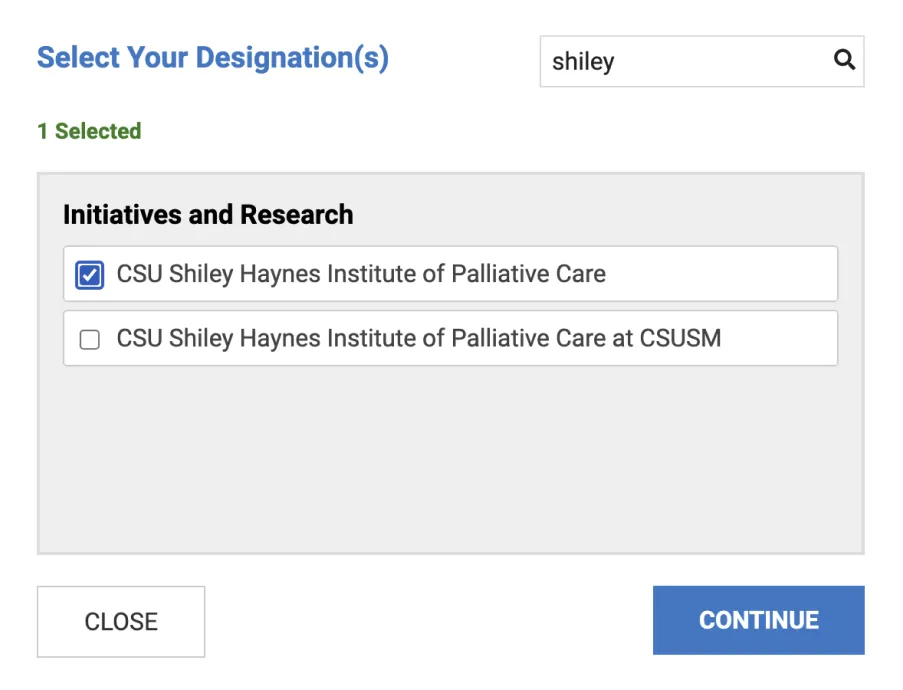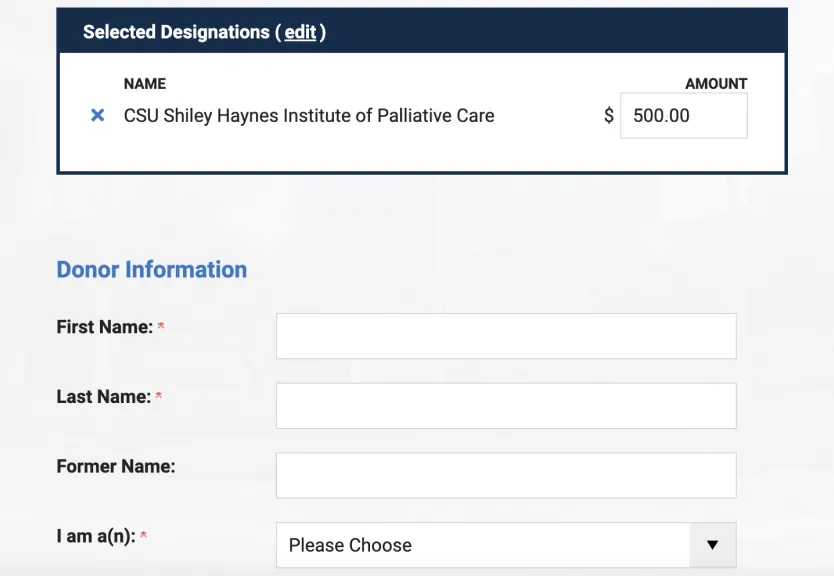The National Consensus Project for Quality Palliative Care recently released the 4th Edition of its “Clinical Practice Guidelines for Quality Palliative Care.” Starting in 2002 as a collaboration of four leading professional organizations involved in advancing palliative and hospice care, NCP has grown to 16 constituent organizations and 80 endorsing organizations.
This growth can be seen in the guidelines’ emphases on new roles for physician assistants and pharmacists in palliative care, the emergence of community-based palliative care, and continued opportunities for incorporating palliative care principles into pediatrics, according to Betty Ferrell, PhD, director of nursing research at the City of Hope National Medical Center in Duarte, Calif. She is lead author of an article on the guidelines just published in the Journal of Palliative Medicine.
The overall goal for NCP’s clinical practice guidelines initiative is “to improve access to quality palliative care for all people with serious illness.” This goal is advanced by delineating evidence-based processes and practices for safe, reliable, high-quality palliative care for adults, children and families across care settings and in eight domains of care.
Emphasis on Primary Palliative Care
The 4th edition revision represents a huge leap forward, Dr. Ferrell said. “We’re talking about a different enterprise today in palliative care, not only for the specialty practice but the push to get this information into the hands of primary or generalist practitioners who have not been trained in the specialty.”
A 2014 report by the Center to Advance Palliative Care found there’s only one physician trained in specialty palliative medicine for every 1,200 persons living with serious illness. The shortfall of palliative care specialists will only worsen as baby boomers continue to age.
Recognizing the need to address the workforce gap, the CSU Shiley Institute for Palliative Care launched an online course earlier this year to equip generalist physicians, nurse practitioners and physician assistants with primary palliative care skills. The course was created in collaboration with experts in primary and palliative medicine including Mike Rabow, MD, FAAHPM, Michael Fratkin, MD, and Mike Witte, MD.
“… If you could be properly trained and informed, you could help many of these patients with their problems—or recognize who needs referral to a specialty palliative care team.”
Dr. Ferrell said she reiterated the need to expand palliative care to all settings at a training program this week funded by the National Cancer Institute that involved teaching the End-of-Life Nursing Education Consortium (ELNEC) curriculum to 100 APRNs from 30 states. “What we’re saying to them is this: There aren’t enough palliative care teams to see all of your patients with serious illnesses. If you could be properly trained and informed, you could help many of these patients with their problems—or recognize who needs referral to a specialty palliative care team.”
Addressing Psychosocial Aspects of Care
Other illustrations of how the new guidelines are helping to advance primary palliative care across settings include the domain of psychological and psychiatric aspects of care.
Given a limited supply of clinical psychologists and psychiatrists to address these aspects of palliative care for seriously ill patients, the new edition offers more detail on the role of social workers to perform comprehensive psycho-social assessments and address complex and preexisting conditions and family dynamics. The new document is also full of practice examples illustrating how primary care could be incorporated into a variety of community settings, such as office practices, dialysis units and long-term care facilities.
Where Does Hospice Fit?
The guidelines acknowledge hospice care as one of two established forms of palliative care in the United States, along with hospital-based palliative care. But for Dr. Ferrell, hospice represents something more: the model and the gold standard of palliative care—“the philosophical underpinnings of all that we do.”
The field has made major efforts to upstream palliative care for patients much earlier in the course of an illness and before they have been given a terminal prognosis, Dr. Ferrell said.
“The guidelines say let’s not wait. Let’s start palliative care sooner. But let’s also acknowledge that there is a point where people move from living with a serious illness to dying with a serious illness,” she said. “We sometimes forget what a paradigm shift hospice was when it was first introduced—to insist that patients be treated as human beings with families.”
Dr. Ferrell believes the new edition reflects a bigger, stronger, more mature coalition of hospice and palliative care advocates. “We’ve made tremendous progress in advancing these goals in recent years.” For more information, contact NCP project director Gwynn Sullivan: gwynns@nationalcoalitionhpc.org.
Larry Beresford is a freelance writer who covers issues in hospice and palliative care.




